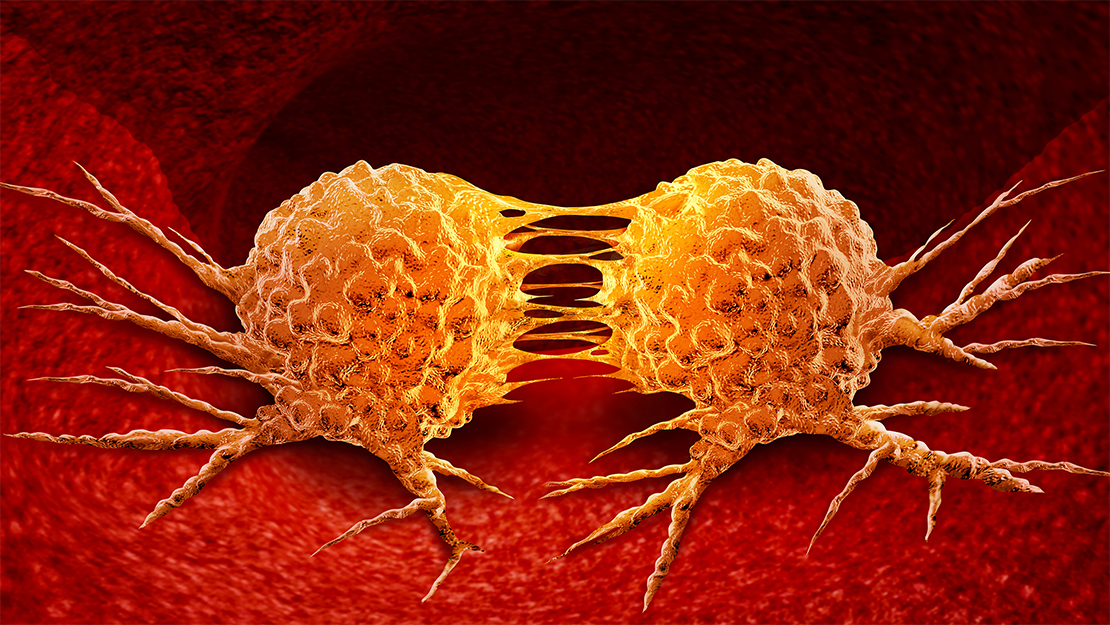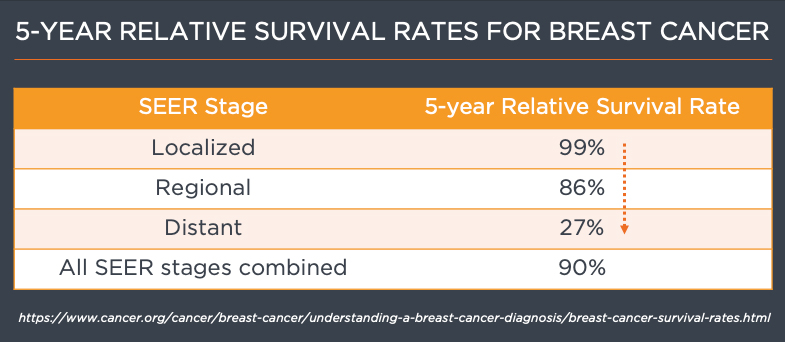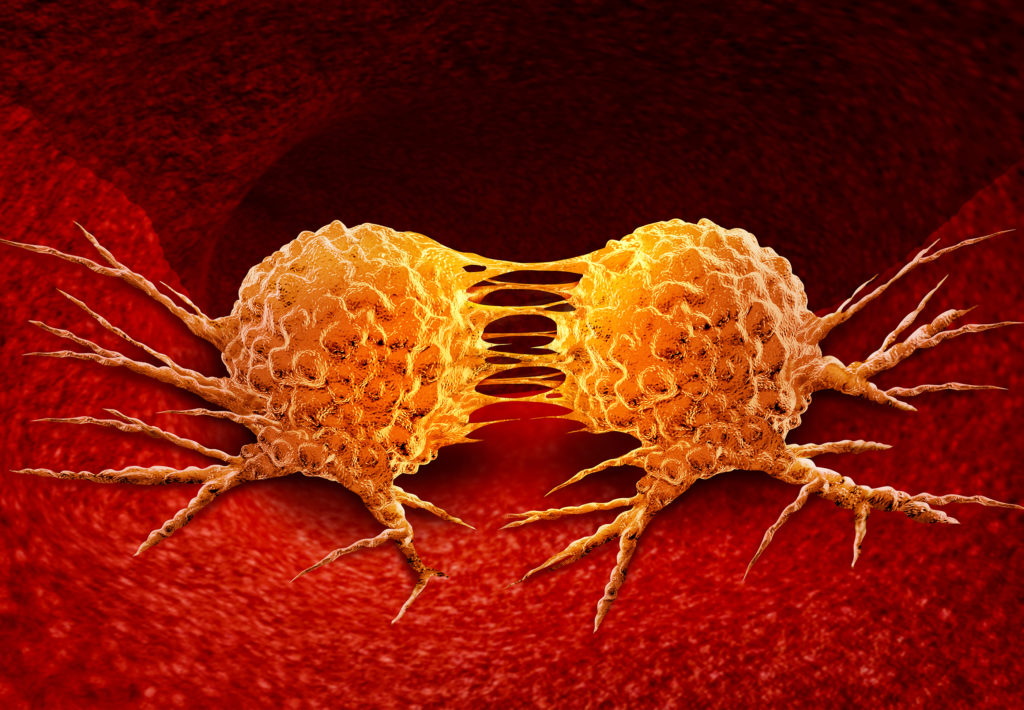
BgRT
Despite Grim Statistics, There is Optimism
August 12, 2020
Hearing that their cancer has “metastasized” is dreadful for a cancer patient. It means their cancer has spread to other parts of the body beyond the location where the cancer started. Metastatic cancer might describe a lung cancer that has spread to the liver or a breast cancer that has spread to the brain.
Metastatic cancer represents a tremendous public health challenge. About 9.6 million cancer deaths occur worldwide every year, and it is estimated that about 9 out of every 10 of these deaths are due to metastatic—not local—disease.1,2 Cancer is the second leading cause of death in the United States and the leading cause of death worldwide.3
For some types of cancers that have metastasized, patients can live for years. According to the American Cancer Society, the five-year survival rate for stage 4 breast cancer is 27%,4 31% for stage 4 prostate cancer,5 and 6% for stage 4 non-small cell lung cancer.6 Systemic therapies, including hormone therapy, chemotherapy, targeted therapy, or some combination, are used to treat stage 4 cancers. In such cases, physicians treat the cancer as a long-term, chronic illness.
Cancer metastasizes through a series of complex steps: (1) Cancer cells from the original tumor gain the ability to access the body’s highways, such as the bloodstream or the lymphatic system; (2) Once on these highways, a cancer cell must invade a new tissue and survive within it; and (3)The cancer cell expands into a colony (called a “metastasis”) by dividing rapidly and building a blood supply. If this sequence is successful, a patient is said to have “metastatic cancer.”
Metastases are sometimes identified on routine diagnostic imaging scans such as CT or MRI; however, PET imaging is the gold standard for diagnosing and determine the stage of the cancer. They can also be found because of symptoms. For example, a metastasis in the liver may cause fatigue, a yellowing of the skin, swelling or abdominal pain. A brain metastasis may cause seizures, headaches or other neurological symptoms. Sometimes metastases are detected at the same time as the original cancer, while other times, the metastases may appear months or years after the original tumor has been treated.
Metastasis indicates an advanced state of disease, although prognosis can depend on how far the disease has spread. When these metastases are only found in the lymph nodes, the cancer may still be treatable with aggressive local therapy such as surgery or radiation coupled with drug therapy.
A “distant metastasis” is one detected in tissues or organs other than nearby lymph nodes. For many kinds of cancer, the appearance of a distant metastasis is considered to be stage 4 disease, and it is associated with a worse prognosis. Once an oncologist detects a distant metastasis, they may counsel a patient that the cancer is no longer curable, but that the disease may be slowed or halted for a time with treatment. Today, this type of diagnosis requires renewed focus on end-of-life decisions and careful consideration of incorporating palliative care or hospice into the treatment plan, if not already in place.
Despite these grim statistics, advances in technology and pharmaceuticals over the last decade have generated new treatment options and optimism. Oncologists and other researchers are studying new ways to attack and potentially control metastatic cancer. Emerging evidence from clinical trials for different cancer types suggest that combining radiotherapy with drugs can improve metastatic cancer treatment and outcomes.
References:
- World Health Organization. WHO Fact Sheet Cancer [Internet]. September 12, 2018. Available from: http://www.who.int/news-room/fact-sheets/detail/cancer
- Chaffer CL, Weinberg RA. A perspective on cancer cell metastasis. Science. 2011 Mar 25;331(6024):1559–64.
- World Health Organization. Cancer: Key Facts. September 12, 2018. https://www.who.int/news-room/fact-sheets/detail/cancer
- American Cancer Society. Survival Rates for Breast Cancer. January 9, 2020. https://www.cancer.org/cancer/breast-cancer/understanding-a-breast-cancer-diagnosis/breast-cancer-survival-rates.html
- American Cancer Society. Survival Rates for Prostate Cancer. January 9, 2020. https://www.cancer.org/cancer/prostate-cancer/detection-diagnosis-staging/survival-rates.html
- American Cancer Society. Lung Cancer Survival Rates. January 9, 2020. https://www.cancer.org/cancer/lung-cancer/detection-diagnosis-staging/survival-rates.html







